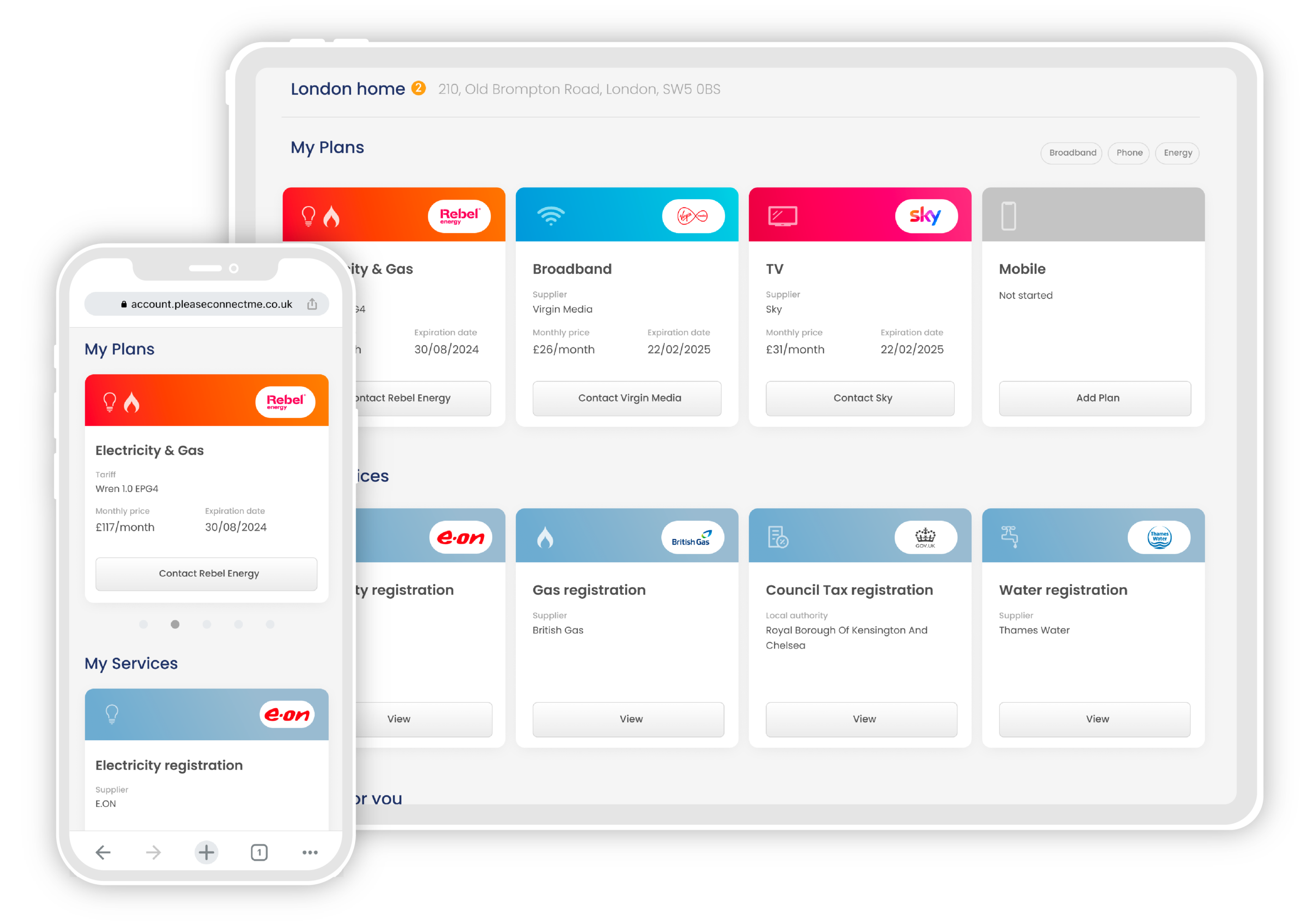As the name suggests, the Future Homes Standards 2025 will come into effect in the UK next year, in 2025. The standards are a set of guidelines for new-build homes that outline minimum energy efficiency targets they must meet.
Overall, these new standards are expected to cut domestic carbon emissions by 75-80% compared to the current requirements. This will help significantly with reaching the UK government’s goal of net-zero carbon emissions by 2050.
What’s included in the Future Homes Standards 2025?
From 2025 onwards, all new homes must comply with the Future Homes Standards. This means meeting or clearly working towards meeting the following five criteria:
- Fabric efficiency. This includes minimum levels for insulation, enhanced airtightness and reducing ‘thermal bridges’, areas where heat is easily lost to the outside.
- Low carbon heating and hot water systems. Air source heat pumps and ground source heat pumps will be prioritised, and gas boilers can no longer be installed in new-build properties.
- Renewable energy readiness. While not mandatory, developers are encouraged to pre-wire properties and allocate space for solar panels or other renewable production.
- Electric vehicle charging. New homes must have either an EV charging point installed or the required cabling pre-installed and available to connect to in future.
- Ventilation. Efficient ventilation systems that do not compromise the building’s air-tightness such as mechanical ventilation with heat recovery (MVHR) and Mechanical Extract Ventilation (MEV) are encouraged.
The standards also outline maximum U-values for windows, doors, walls, rooves and floors.
What is a building’s U-Value?
The U-value of a material or object is a measure of how well it conducts heat energy. U-values are measured in W/m²K (Watts per meter square kelvin). In simple terms, this is a measure of how much energy is transmitted through the substance. The lower the U-value, the better an insulator it is.
The future homes standard gives the following maximum U-Values for different parts of new homes:
|
Feature |
Maximum U-Value |
| Windows and doors with >60% glazing | 1.2 W/m²K |
| Opaque and semi-glazed doors with <60% glazing | 1.0 W/m²K |
| External Walls | 0.18 W/m²K |
| Floors | 0.13 W/m²K |
| Rooves | 0.11 W/m²K |
When buying doors or windows for your home, the U-value will be given alongside the other technical specifications.
Do existing properties need to meet the standards?
No, the future homes standard 2025 only applies to new-build properties.
The UK government had previously outlined requirements for existing rental properties to be brought up to a minimum EPC rating of C by 2025. While not exactly in line with the future homes standard 2025, this would have represented a significant improvement in the energy efficiency of UK housing stock.
However, the government has recently scrapped the plans to make this a requirement. Instead, landlords are being encouraged to implement efficiency upgrades in their properties.
While environmental campaigners are concerned about a lack of progress in improvements to UK housing, the news is more positive for those concerned about the rising cost of living in the UK. In a recent survey, Foundation Home Loans found that 41% of landlords who intended to carry out the required upgrades were planning to pay for the improvements by increasing rents.













